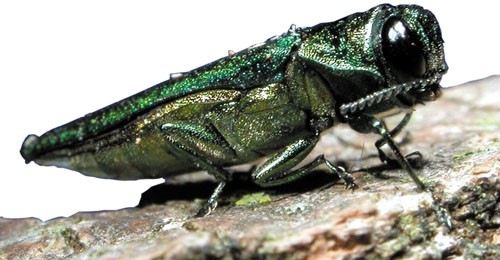New in this Edition
Letter Progress & Problems
Invasions New in this Edition
 A "summary box" was added at the top of the data detail for most of the environmental indicators. The box displays whether the most recent year in its accompanying chart had improved, declined or did not change. The most recent year's value is also compared to the trend of the prior decade. Where there is an established goal for the indicator, it will show whether the trend is on track to meet that goal.
A "summary box" was added at the top of the data detail for most of the environmental indicators. The box displays whether the most recent year in its accompanying chart had improved, declined or did not change. The most recent year's value is also compared to the trend of the prior decade. Where there is an established goal for the indicator, it will show whether the trend is on track to meet that goal.

Just as last year, and possibly for years to come, the environmental indicators in this report illustrate the effects of a warming climate that is accompanied by heavy precipitation. Both are major factors that work in opposition to Connecticut's pollution-control efforts. A summer of hot days and big storms will lead to more bad-air days and more closed beaches. But those obvious consequences are not the only effects. Invasive pests are expected to continue to negatively affect Connecticut's ecology, economy and public health.
This year a section on the emerald ash borer has been added to the information about Asian tiger mosquitoes, which was new to last year's report. Future editions will expand on the problems posed by invasive species.

Because the majority of Connecticut's key environmental indicators are strongly affected -- almost always negatively -- by a changing climate, this year's report retained the symbol of the overheating globe where climate change is directly related to the indicator.
Air and water quality have the most immediate and direct connections to weather variations that are caused by the changing climate. Connecticut's forests and wildlife are changing and invasive species -- most of which arrive here from more southern locations -- are expanding.
All of the efforts that residents put forth to conserve their environment, from preserving land to protecting turtles to driving efficient vehicles, are critical to Connecticut's march toward its environmental goals. This year's report highlights the fact that residents are having to work even harder because the changes in the climate are working against them.



